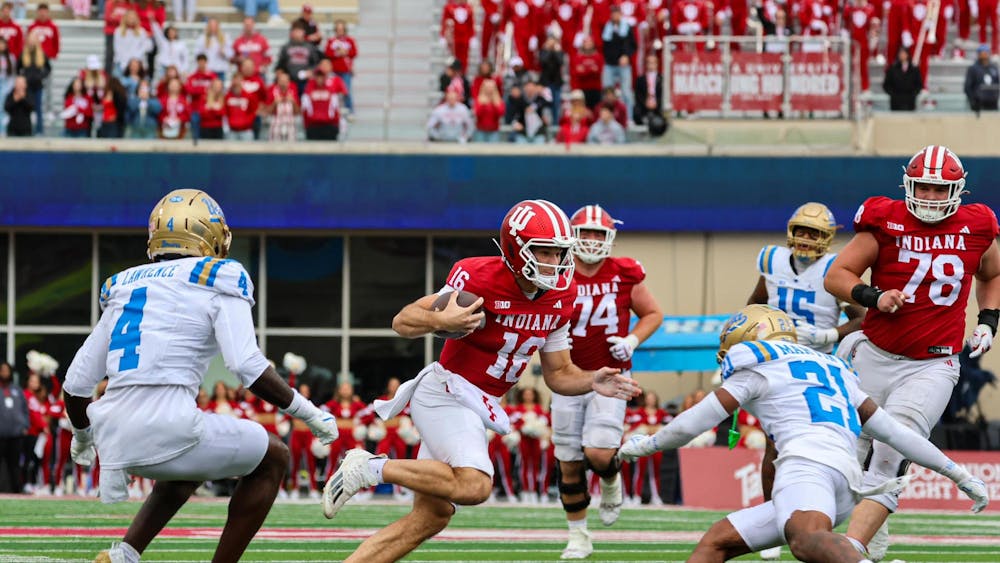The Council of Fashion Designers of America announced the possibility of all-inclusive, consumer-centered, Democratic fashion last December, an idea that would forever change the way fashion interacts with its public.
Currently New York Fashion Week operates in a Republican nature (i.e., it has the representative structure of a Republic), where the betterment of the individual means the betterment of the group.
Or in other words, the prioritization of fashion insiders means to prioritize the overall consumer experience.
With this process, collections are presented twice a year. February shows the next fall lines and September shows the next spring. Though most of the time consumers aren’t invited, industry leaders, editors and retailers come to taste the next season and prepare for it to hit the public in later months.
In the CFDA’s proposition, runways would become the new retail, inviting customers to attend fashion shows and then immediately purchase items from a collection. To make this new market possible, buyers and press members would view shows months in advance to give their own opinions and help present collections that cater more to the public.
While making shows more consumer-centered may seem like a progressive step for Fashion Week, industry leaders should question if the current, more selective system is the core of fashion’s vitality.
Couldn’t it be possible that fashion — thriving on exclusivity — and universal inclusiveness are mutually exclusive?
As the CFDA examines its plans during next week’s fall collections, it may find inspiration in using a political mindset.
In the Republican eye, runways could benefit by prioritizing the roles of fashion insiders over fashion consumers, and guarantee the continued success of New York Fashion Week.
This means fashion shows remain exclusive, but not in some stylized caste system that ranks worth based on how many Manolo Blahniks are in one’s closet.
The restrictive quality behind Fashion Week exists to put the consumer at its focus through the prioritization of industry leaders.
These leaders are the way customers can have any sort of experience at all.
The sole purpose of editors, buyers and bloggers — the sartorial “insiders” — is to serve the public, not only by giving them access to the industry but also by understanding and appreciating its significance in society.
Whether this means publishing analyses on a collection’s interpretation of upcoming trends or restyling a designer’s pieces for the modern working woman, these individuals are here only to connect the industry with the consumer and ultimately aid both parties.
In a purely Democratic fashion show, this connection is lost.
Outsiders would be allowed in, but they would be left without any instruction manual and would have no connection to what’s on the runway.
Sure, they may still buy what they see, but the significance of that designer’s work is completely lost if there is no relationship between them and their customer.
If shows choose to switch their priorities, they will actually end up jeopardizing their integrity and meaning to the very clientele they were hoping to please.
Industry leaders are meant to establish this connection, even if an element of exclusivity is a part of the equation.
Our government’s politics are currently quite up in the air, but as for fashion, our party ties should be clear.
bsaggese@indiana.edu





